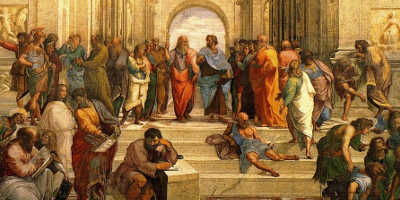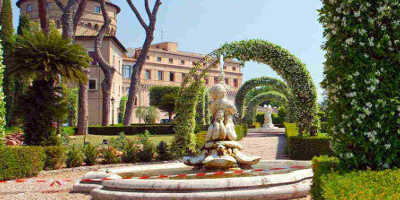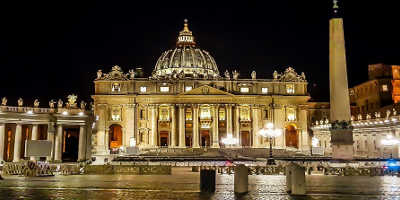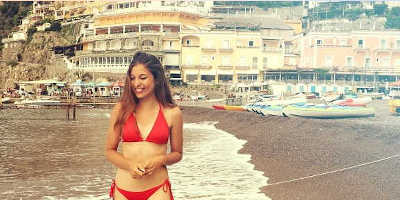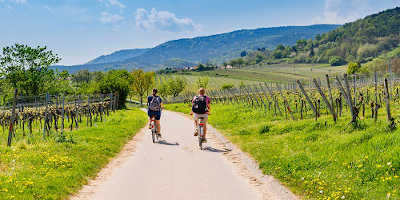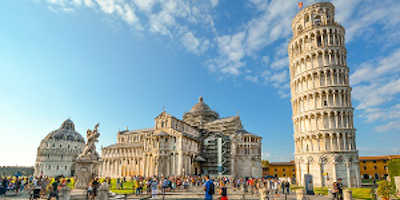A detailed description of the Sistine Chapel’s Ceiling
The Sistine Chapel is one of the most visited locations in all of Europe. Home to the famous fresco ceiling done by the talented Michelangelo
The Sistine Chapel was built on an ancient foundation of Capella Magna. Pope Sixtus IV commissioned to build this chapel in the 1470s, which is where the name ‘Sistine’ comes from. Numerous painters were a part of the initial decoration, including Sandro Botticelli, Pietro Perugino, Domenico Ghirlandaio, Pinturicchio, and Cosimo Roselli. However, the ceiling was only painted a simple blue to match the sky, with stars scattered within. It was not until 1508 when Pope Julius commissioned Michelangelo to revamp the Sistine that its beautiful ceiling was crafted.
Fresco Painting
The Sistine Chapel ceiling is made up of a series of frescoes centred around several scenes from the Old Testament. A fresco is when an artist uses a wall as their canvas. They mix together sand and lime and spread the mixture over the wall. Next, they apply colours, which have to be done quickly while the wall is still wet. If they painted when the mixture had dried then the colours would fuse chemically with the lime and become permanent. The fresco technique is old and dates back at least to the Egyptians, who painted on all sorts of objects. It is not an easy skill to learn, but once mastered the results are stunning and the work lasts for a long time. Fresco portraits dating back from ancient Roman times have been excavated from Pompeii and Herculaneum and still remain surprisingly vibrant and intact, amazing considering their age. The origin of fresco painting, however, is unknown. It was heavily revisited in the 16th century, with the Italian Renaissance being considered the great period of fresco painting, as seen in the works of Cimabue, Giotto, Masaccio, Fra Angelico and many other painters, including Michelangelo. By the mid-16th century, however, the use of fresco had largely been supplanted by oil painting.
Designing the Ceiling
Though Michelangelo had little experience working with paint, and especially fresco painting, he rose to the task and didn’t take it half-way. He sought expert advice from his artist friends in Florence who came to Rome and showed him how to get started. Even after just a week of this, however, Michelangelo realised he couldn’t do it the way they wanted, and this was something he would have to do on his own. He locked himself away in the chapel and started sketching his figures onto the enormous ceiling, trusting in trial and error. His first design was simple: the 12 apostles and then some filler decoration around them. But he soon decided that this design was too simple, and he began designing something more ambitious. This he achieved! He set himself the task of painting 300 figures to illustrate the pre-history of salvation – man’s time on earth before the coming of Christ. The design was breathtaking and when the chapel was first opened the public were awestruck by the artist’s work.
Michelangelo’s Struggle
When Pope Julius requested Michelangelo to complete the ceiling, he was famous for his sculptures. He had little experience with painting frescos, preferring to mould his materials. To enthuse him, the Pope commissioned 40 sculptures for his tomb in compensation. Despite his reservations, Michelangelo triumphed with the ceiling artwork, which has marvelled visitors since its first reveal. This success came at a cost however, as the Sistine chapel’s ceiling caused great strain to Michelangelo’s mental and physical health. Working on a ceiling, he was constantly stretching and straining his neck to reach the canvas. Unfortunately, despite the special scaffolding he built to reduce this strain, he was unable to complete the work without heavy exertion. The scaffolding he made involved installing wooden platforms which were held up by brackets so he could stand 60 feet in the air, getting as close to the ceiling as he could. Every day Michelangelo would mix up a batch of plaster and trowel it onto the ceiling and then get to work painting the frescoes before the plaster dried. The time pressure added to his physical strain would not have helped matters, he would have had to lift, scribe and paint everything above his head. Working that close to the ceiling and painting in such detail also took a strain on Michelangelo’s eyes, ruining his eyesight for the rest of his life. In a letter he sent to a friend Michelangelo drew a caricature of himself painting a saint on the ceiling, and in it, you can see him standing up straight with his neck bent back as far as it can go. This uncomfortable position is one that Michelangelo would have had to adopt for 4 years, which makes the magnificence of the Sistine Chapel’s ceiling even more impressive.
The Subject of the Frescos
The ceiling of the Sistine Chapel is separated into 33 areas with each individual space being painted with a different scene and meaning. Each area is different in importance and size, with nine centre sections that depict the story of Genesis. In the seven triangular areas neighbouring the central panels are the ancestors of Christ, including Solomon, Josiah, Jesse, Rehoboam, Asa, Uzziah, Hezekiah, and Zerubbabel. The seven square panels illustrate the prophets and sibyls including Jonah, Jeremiah, Daniel, Ezekial, Isaiah, Joel, and Zechariah. Lastly, the four corner pieces of the ceiling are from the Old Testament. With each being David and Goliath, the worship of the Brazen Serpent, the punishment of Haman, and Judith and Holofernes. The entire piece is an emotional depiction of devotion to God, with both God’s vengeance and love represented in the frescoes.


